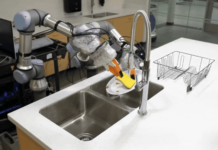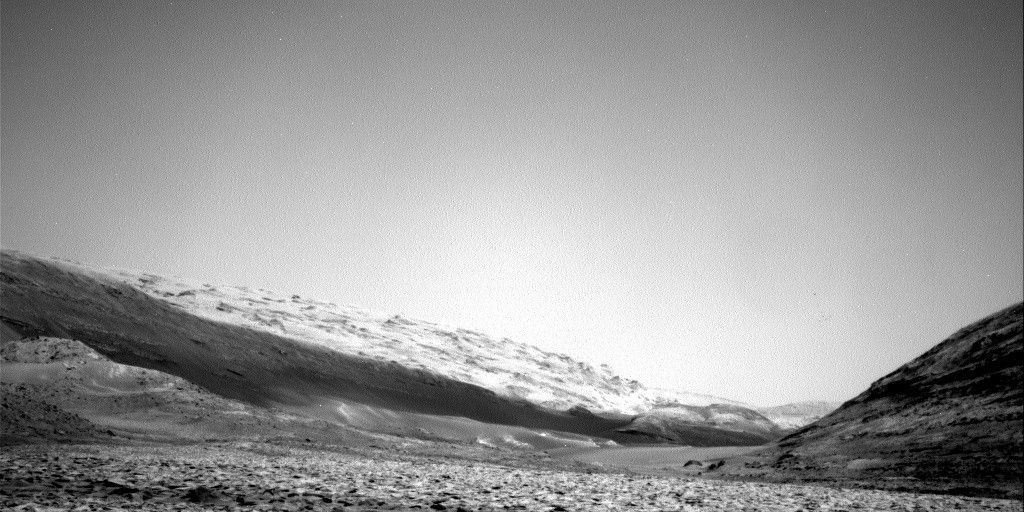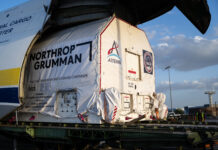Successful Monday Plan and Drive: Exploring New Horizons with Curiosity Rover
NASA’s Curiosity Rover team recently celebrated a successful execution of the Monday driving plan. This accomplishment brought high expectations for obtaining valuable data from various intriguing targets using the APXS (Alpha Particle X-Ray Spectrometer) and MAHLI (Mars Hand Lens Imager) instruments. Unfortunately, the complex Martian terrain posed a significant challenge, leading to an unexpectedly precarious position for the rover’s wheel at the end of its drive. This situation prevented the team from deploying the rover’s arm safely to collect the desired data. However, the team remains optimistic about future drives.
Curiosity Rover, a part of NASA’s Mars Science Laboratory mission, has been exploring the Martian surface since its landing in 2012. Its primary goal is to assess whether Mars ever had the environmental conditions to support small life forms called microbes. The rover is equipped with a variety of scientific instruments designed to analyze the composition of Martian rocks, soil, and atmosphere.
The Alpha Particle X-Ray Spectrometer (APXS) is one of these instruments. It is used to determine the elemental composition of rocks and soil. APXS achieves this by irradiating samples with alpha particles and X-rays, and then measuring the energies of the X-rays that are emitted by the sample. This information helps scientists understand the geological history of the area Curiosity is exploring.
The Mars Hand Lens Imager (MAHLI) is another critical tool on the rover. MAHLI captures high-resolution images of rocks, soil, and, occasionally, the rover’s own parts. These images allow scientists to examine the textures and structures of Martian rocks up close, providing insights into the planet’s past environmental conditions.
During the recent drive, the rover team was eager to use these instruments on several promising targets within Curiosity’s workspace. However, the tricky terrain caused one of the wheels to end up in an unstable position. Deploying the rover’s arm under such conditions could have potentially damaged the equipment, so the team decided to err on the side of caution.
The rover’s ability to navigate and handle the unpredictable Martian landscape is a testament to the advanced engineering and thorough planning by the NASA team. Each drive involves detailed analysis of the terrain using images and data collected by the rover’s cameras and sensors. The team assesses potential hazards, such as steep slopes, loose soil, and large rocks, to ensure safe navigation.
Despite the setback, the team remains hopeful for future endeavors. The rover’s journey on Mars is filled with challenges, but each obstacle provides an opportunity to learn and improve navigation strategies. The data collected by Curiosity continues to enrich our understanding of Mars, revealing the planet’s dynamic history and its potential to support life.
For those interested in the technical aspects of rover operations, it’s fascinating to note how NASA’s team manages these complex tasks remotely. The process involves a combination of automated functions performed by the rover and instructions sent from Earth. Given the significant communication delay between Earth and Mars, the team must anticipate potential issues and program the rover accordingly.
In addition to the technical challenges, the mission also involves various scientific considerations. Choosing which targets to analyze requires a balance between scientific interest and operational feasibility. The team prioritizes sites that offer the most potential for new discoveries while ensuring the rover’s safety.
Curiosity’s mission has already provided groundbreaking insights into Mars’ past. For instance, the discovery of ancient riverbeds and the presence of key elements like carbon, hydrogen, oxygen, and nitrogen have been pivotal in understanding the planet’s ability to support life. These findings suggest that Mars once had conditions suitable for microbial life, a revelation that has significant implications for future exploration.
As Curiosity continues its journey, each drive brings new opportunities to explore the Martian surface and uncover its secrets. The rover’s mission is a testament to human ingenuity and our quest for knowledge beyond our own planet. It’s a reminder of the complexities involved in space exploration and the incredible achievements that are possible through international collaboration and cutting-edge technology.
The ongoing work of the Curiosity Rover team not only advances our understanding of Mars but also lays the groundwork for future missions that may one day send humans to explore the Red Planet. The challenges faced by the rover today are valuable lessons for tomorrow’s explorers.
For more detailed updates on the Curiosity Rover’s mission and daily plans, you can visit NASA’s official website: NASA Science Blog. This resource offers a wealth of information on the latest findings and ongoing research involving the rover and other NASA missions.
In conclusion, while the recent drive did not go exactly as planned, the mission continues to be a success, pushing the boundaries of our knowledge about Mars. The Curiosity Rover’s journey is not just a scientific endeavor but a symbol of humanity’s relentless pursuit of discovery and exploration.
For more Information, Refer to this article.


































